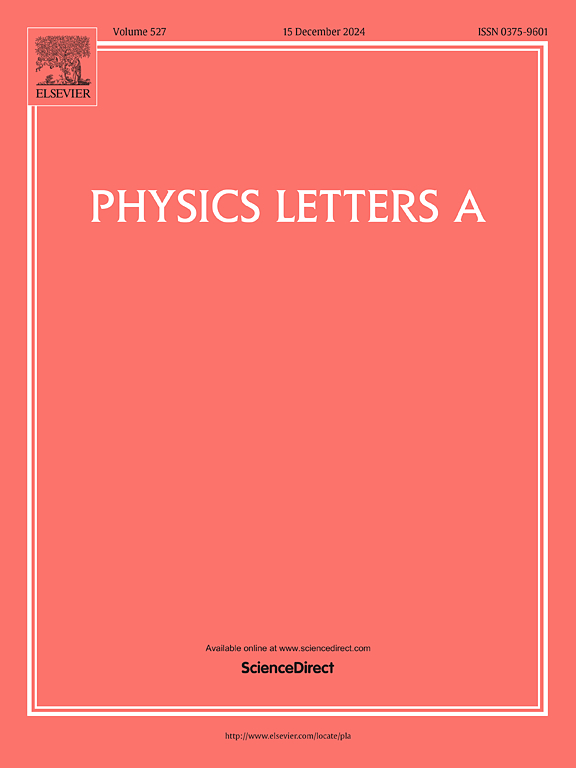Analytical framework and reservoir engineering of coherence freezing in single-qubit systems
IF 2.6
3区 物理与天体物理
Q2 PHYSICS, MULTIDISCIPLINARY
引用次数: 0
Abstract
We present a unified, time-dependence–agnostic affine-Bloch framework for freezing of single-qubit quantum coherence in open systems. From the affine map of completely positive trace-preserving dynamics, we derive compact necessary and sufficient conditions for constancy of both the -norm and the relative entropy of coherence, yielding explicit geometric “freeze manifolds” in Bloch space. Specializing to four canonical noisy channels—Pauli (unital, diagonal), depolarizing (isotropic, unital), amplitude damping (AD), and generalized amplitude damping (GAD)—we show that nontrivial freezing occurs only for Pauli subchannels that exactly preserve a Cartesian axis; otherwise, freezing is restricted to incoherent (z-axis) states, independently of the specific time-dependence. Within strictly incoherent (SIO) classes, freezing of the relative entropy of coherence implies measure-independent freezing. Beyond analysis, we introduce two design templates that enforce exact freezing by making target off-diagonal operators fixed points of the Heisenberg generator: (A) a projector-based, ancilla-free construction and (B) a decoherence-free-subspace (DFS) scheme via collective symmetry. Numerical case studies corroborate the predicted hierarchy and the engineered-freeze protocols.
单量子位系统相干冻结的分析框架与储层工程
我们提出了一个统一的、时间无关的仿射-布洛赫框架,用于冻结开放系统中的单量子位量子相干性。从完全正保迹动力学的仿射映射中,我们得到了相干的1-范数和相对熵的紧致的充要条件,得到了Bloch空间中显式的几何“冻结流形”。专门研究四种典型噪声通道——泡利(单轴、对角线)、去极化(各向同性、单轴)、振幅阻尼(AD)和广义振幅阻尼(GAD)——我们表明,非平凡冻结只发生在完全保持笛卡尔轴的泡利子通道上;否则,冻结仅限于非相干(z轴)状态,与特定的时间依赖性无关。在严格非相干(SIO)类中,相干相对熵的冻结意味着与测量无关的冻结。除了分析之外,我们还介绍了两种设计模板,通过使目标非对角线算子成为海森堡发生器的固定点来强制精确冻结:(A)基于投影仪的无辅助结构和(B)通过集体对称的无退相干子空间(DFS)方案。数值案例研究证实了预测的层次结构和工程冻结方案。
本文章由计算机程序翻译,如有差异,请以英文原文为准。
求助全文
约1分钟内获得全文
求助全文
来源期刊

Physics Letters A
物理-物理:综合
CiteScore
5.10
自引率
3.80%
发文量
493
审稿时长
30 days
期刊介绍:
Physics Letters A offers an exciting publication outlet for novel and frontier physics. It encourages the submission of new research on: condensed matter physics, theoretical physics, nonlinear science, statistical physics, mathematical and computational physics, general and cross-disciplinary physics (including foundations), atomic, molecular and cluster physics, plasma and fluid physics, optical physics, biological physics and nanoscience. No articles on High Energy and Nuclear Physics are published in Physics Letters A. The journal''s high standard and wide dissemination ensures a broad readership amongst the physics community. Rapid publication times and flexible length restrictions give Physics Letters A the edge over other journals in the field.
 求助内容:
求助内容: 应助结果提醒方式:
应助结果提醒方式:


